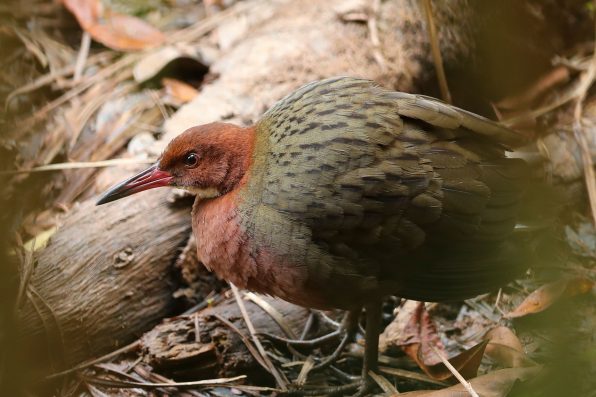When a species goes extinct, that’s usually the end of its kind. However, a bird known as the Aldabra rail has made a miraculous return from the brink of death, not just once but twice!
Over the years, the bird has re-evolved its way back into existence in a way that challenges scientists’ understanding of nature. Here’s how the flightless, feathered creature defied all odds and came back from the dead.
At first glance, the Aldabra rail probably won’t strike you as the awe-inspiring bird it really is. It is similar in size to a chicken, with a rust-red head, a back flecked with gray, and a white throat. It is a descendant of the white-throated rail.
The Aldabra rail’s native habitat is the Aldabra Atoll in the Indian Ocean. It is made up of a series of coral limestone islands that lie off the southeast coast of Africa, north of Madagascar.
In the past, the atoll had been completely submerged underwater multiple times, wiping out every existing species each time.
Yet, the Aldabra rail has always managed to come back through a rare process called iterative evolution. The bird is a species with an ancestral lineage that allows it to repeat the same evolutionary path.
According to a 2019 study published in the Zoological Journal of the Linnean Society, evidence of the flightless Aldabra rail was found on the island before they were submerged around 136,000 years ago.
For a few thousand years, it seemed that the species was gone for good. But something remarkable happened.
When the atoll resurfaced, the white-throated rail, which was able to fly, re-colonized the region at some point, beginning once again, the Aldabra rail’s evolution as a flightless version of its ancestor. Researchers studied leg fossils on the island dating back to around 100,000 years ago.

Sign up for Chip Chick’s newsletter and get stories like this delivered to your inbox.


